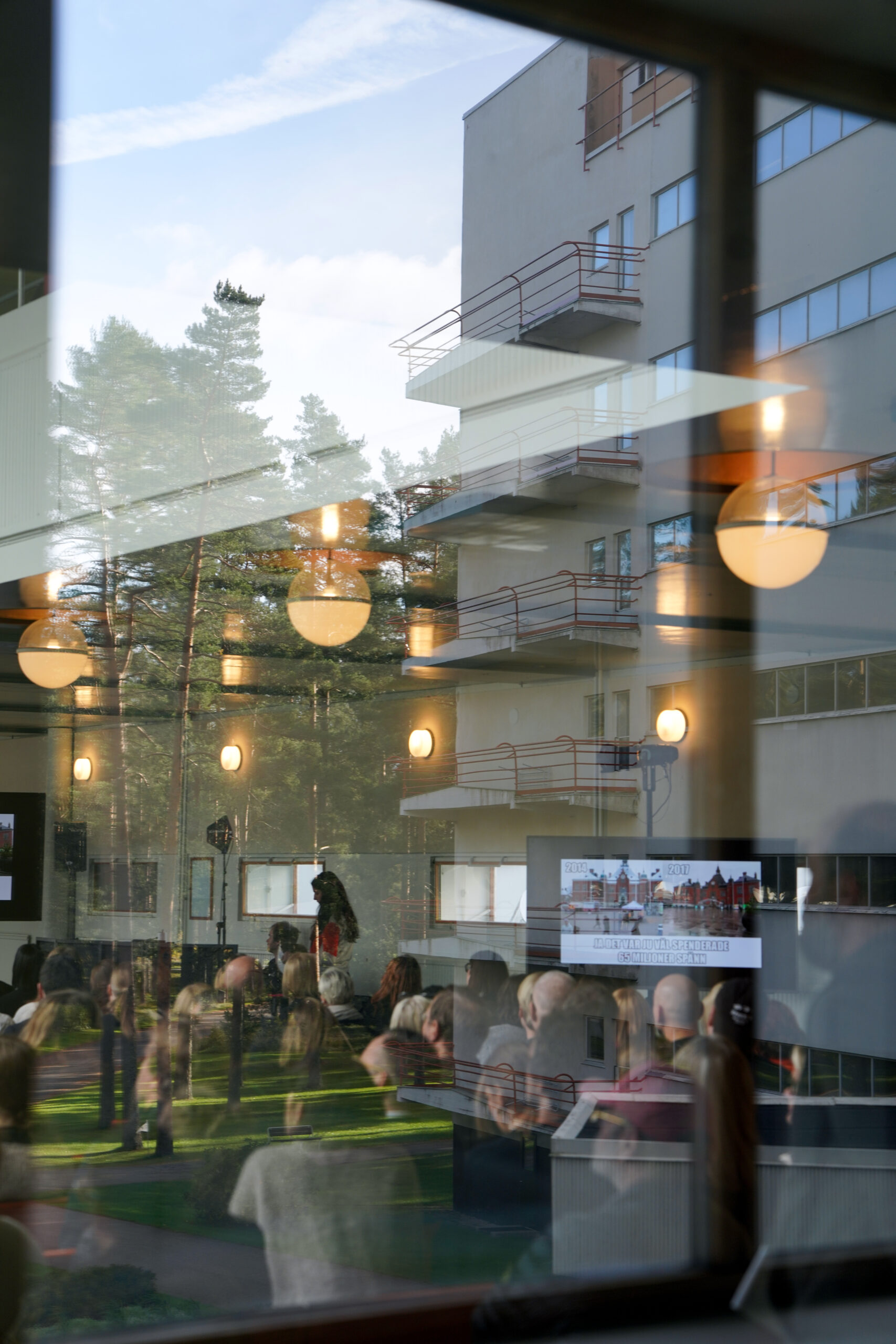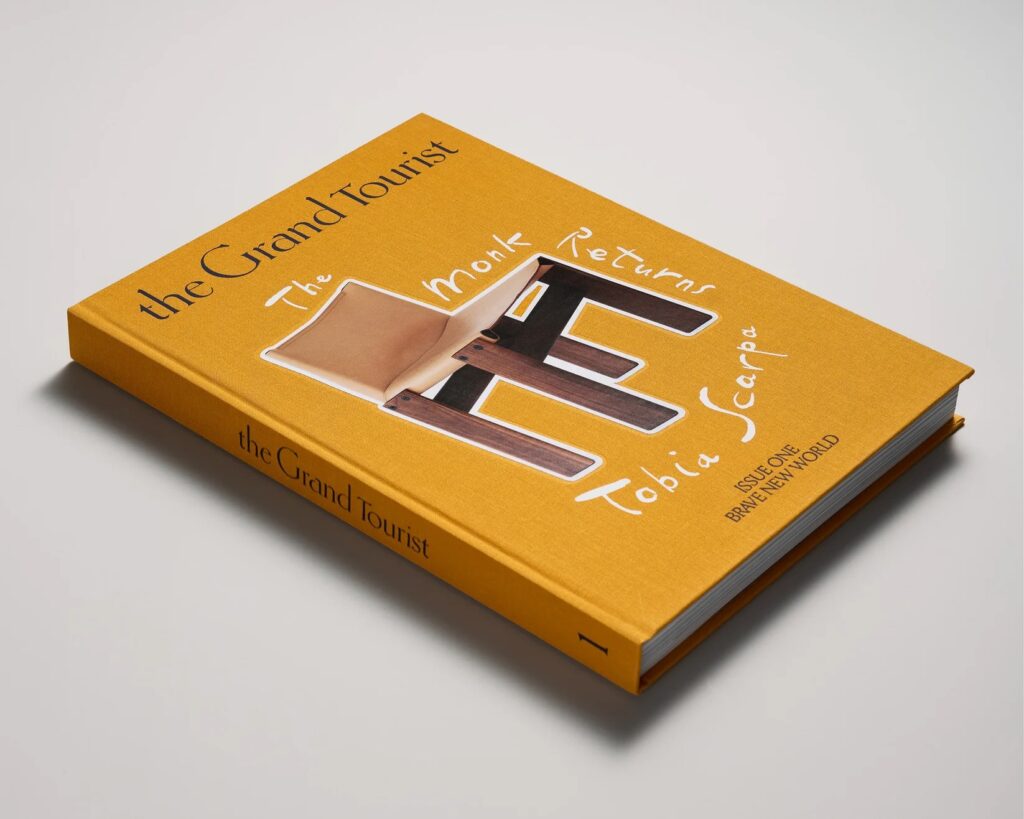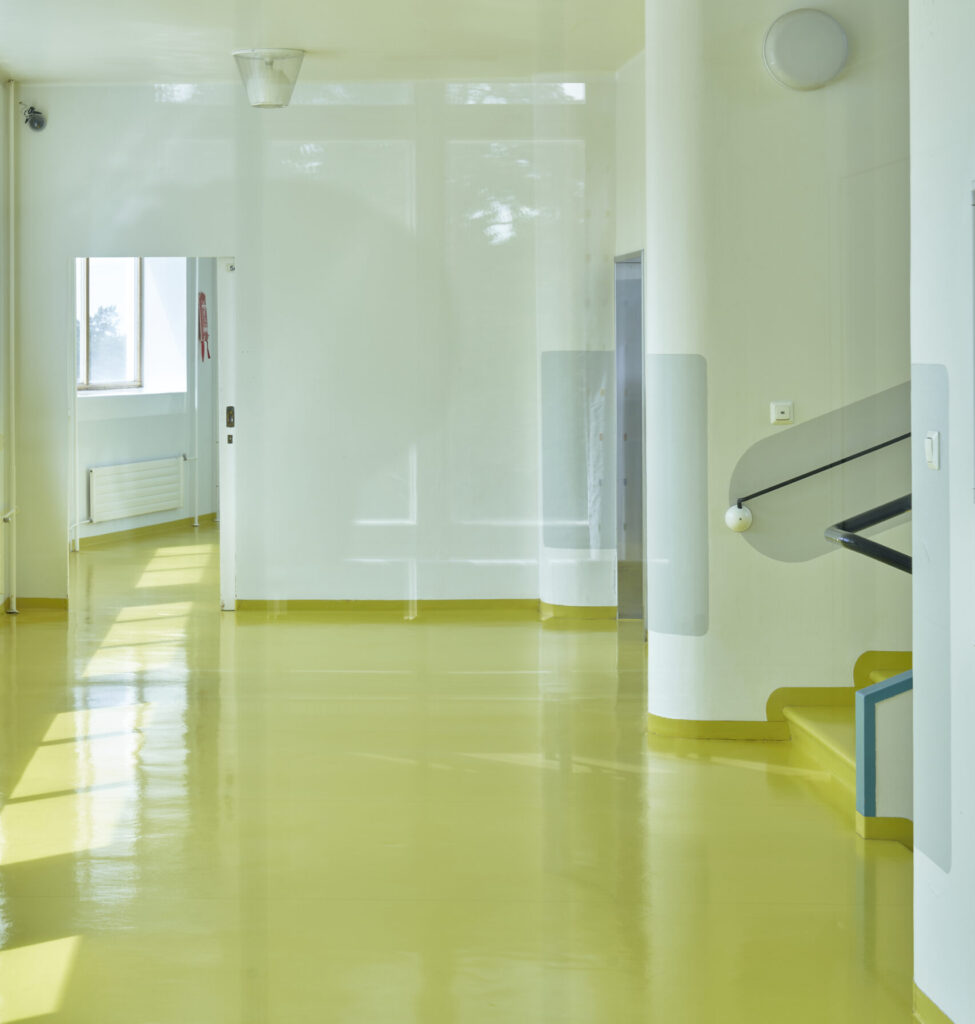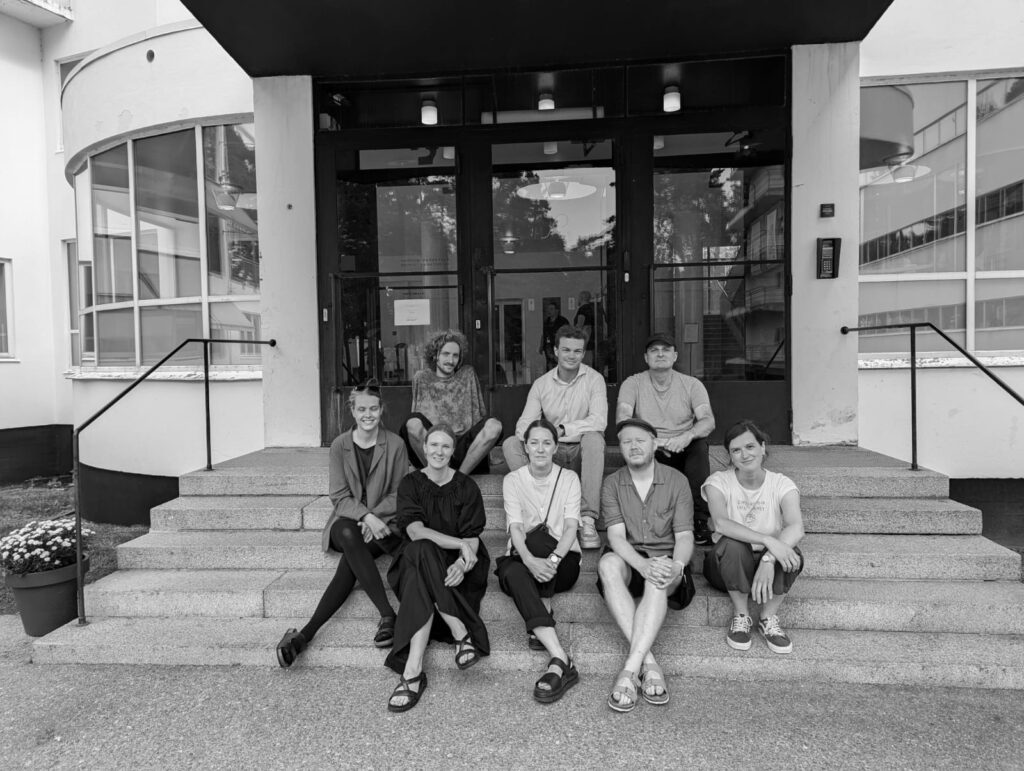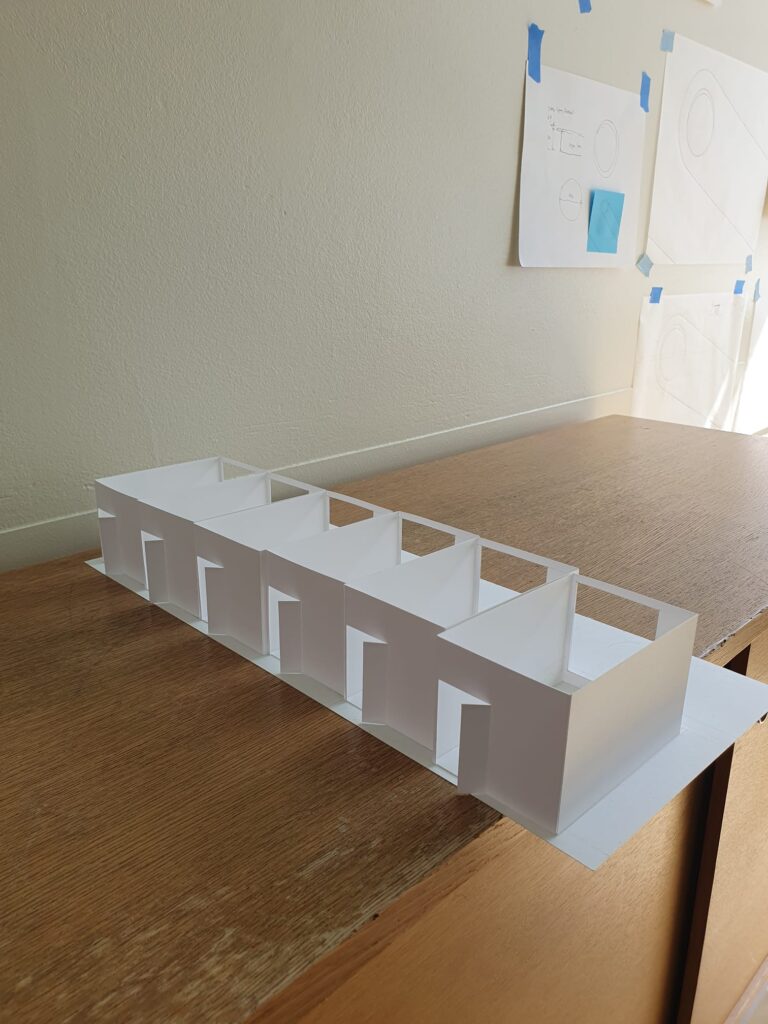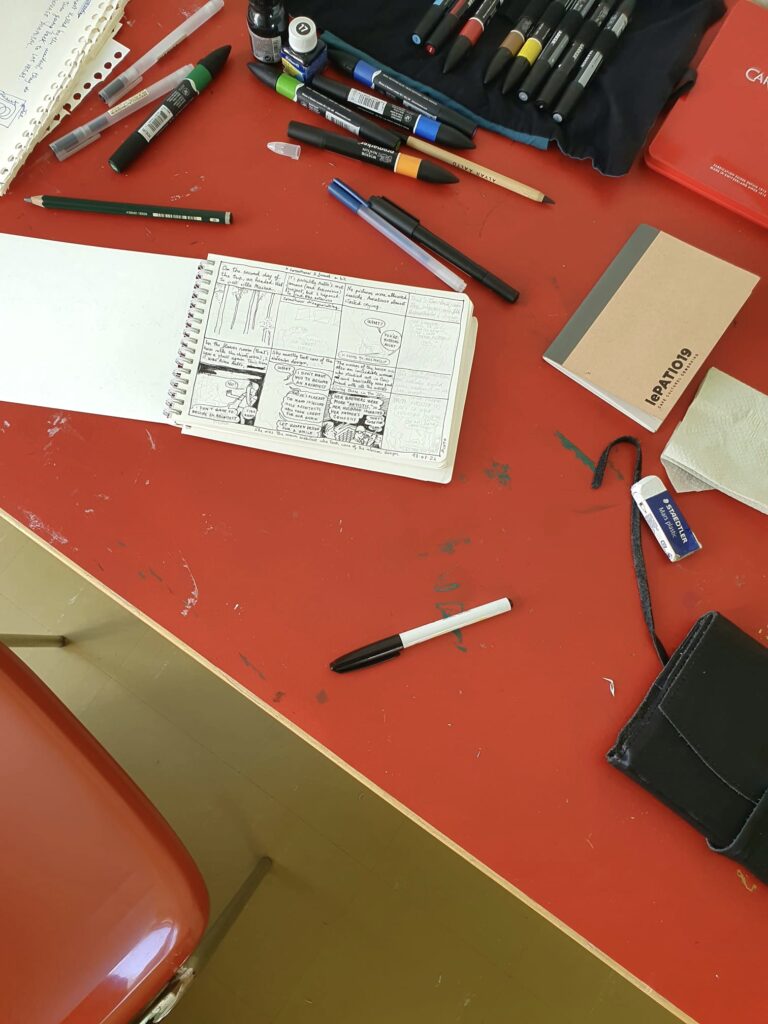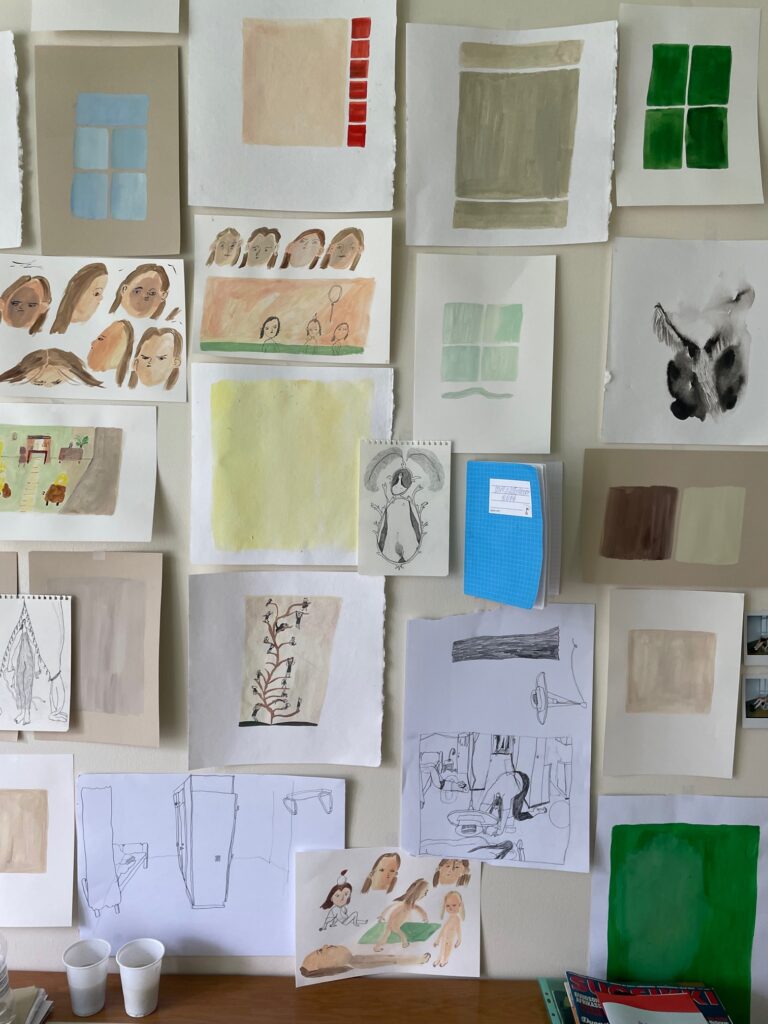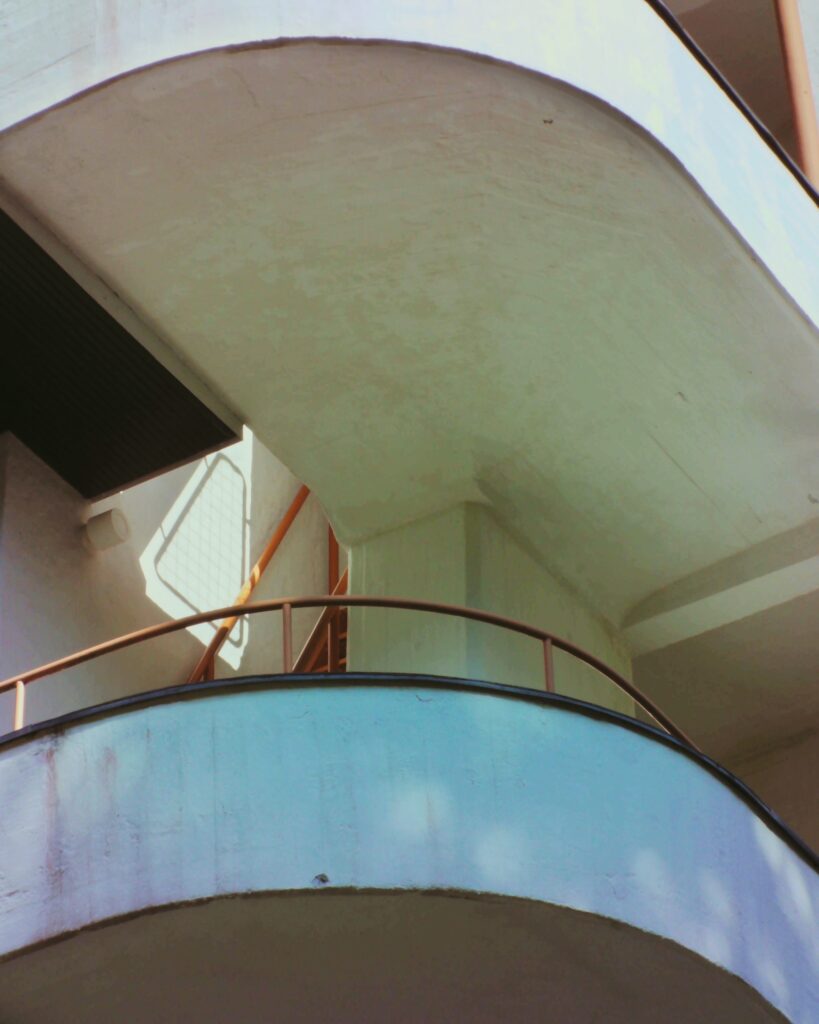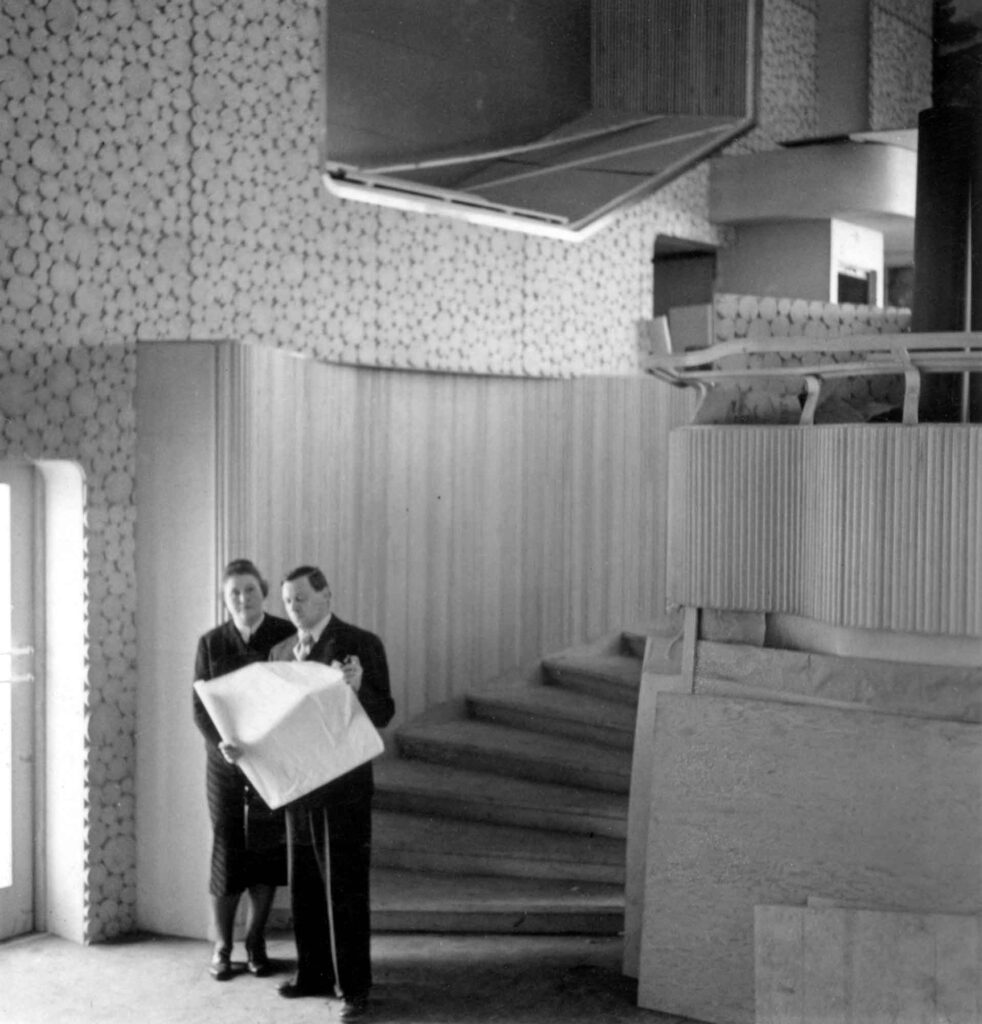This year’s Spirit of Paimio conference brings to the forefront a crucial theme: Reimagining Communities. With architects, academics, journalists and other creative thinkers leading the conversation, the event aims to explore the evolving role of communities today and in the future – not least as a backbone of a society’s resilience.
Communities have long played a central role in human survival and wellbeing. At Paimio Sanatorium – a prime example of empathic, caring architecture designed by Alvar and Aino Aalto in the 1930s – community-based design was an essential part of patient recovery. The Sanatorium wasn’t just a medical facility; it was also a microcosm where people shared not only their illness but also a collective human experience. As Joseph Grima, Curator at the Paimio Sanatorium Foundation, explains, “The Sanatorium was closely linked to an idea of reciprocal support. By design, each floor was a community of its own.” This notion of togetherness, a signature thread in the Aaltos’ work, encouraged dialogue, nurtured creativity and supported social bonding, becoming a foundational element of healing.
Today, we find ourselves in a world where the importance of communities is being revisited with renewed urgency. More and more people are starting to recognize communities as essential mechanisms in societal resilience and wellbeing, especially in times of crisis.
The Power of Local Communities
According to Veronica Strandh, Associate Professor at the department of Political Science at Umeå University, local communities often possess the resources and cultural strength needed to fill in where institutional capacity falls short. The significance of local networks in rebuilding and direct crisis response is increasingly backed by research.
“The Nordic countries are classified as welfare states, with a lot of trust in authorities, and much works well. But people assume it’s the authorities that should protect us. Compared to other countries, we are a bit behind; there’s power to be drawn from local communities. They are traditionally stronger in countries where the state’s presence is smaller and the institutional capacity is weaker,” says Strandh.
Sometimes, other issues play in too: in places like rural Australia, communities are vital, as the state authorities can’t be present everywhere due to the vast distances.
In her recent studies, Strandh has discovered a stark difference in how urban and rural areas approach crises. In cities, residents tend to rely on formal institutions for crisis response, assuming that the state will resolve issues within a reasonable timeframe. Rural areas, in contrast, adopt a more community-centered approach, where the village, informal resources, and local gathering spots become central to survival and recovery efforts.
The All-Important Third Places
In today’s technologically-empowered era, where it’s easy to connect with people virtually from almost anywhere, the togetherness the Aaltos advocated is no longer necessarily dependent on spatial proximity. Still, architecture, physical spaces and gatherings remain important for communities, as practical places to provide security and means to increase a community’s social capital.
In times of crisis, people seek out tangible, shared meeting places – whether it’s the village hall or a well-known local grocery store. “My sense is that people want a physical meeting place if something bad happens. If you can’t charge your phone or communicate, it provides great security to know that ‘the big yellow building on the hill’ is there,” says Strandh.
An article in American Behavioral Scientist also listed the careful planning of community layout and architectural structures as a way to create and maintain social capital, which in its turn supports communities. For example, interaction can occur in areas where residents can meet and spend time together. These spaces are often referred to as “third places”, a term coined by the sociologist Ray Oldenburg in the 1980s. They are physical locations other than work or home, free or almost free to enter. Coffee shops, bookstores, bars, community centres and libraries serve as third places for social capital to be generated and regenerated.
Strengthening Communities for the Future
This year’s edition of Spirit of Paimio will serve as a platform to explore new visions of community. How can we translate the tangible architecture of the past into sustainable, community-building practices in the years to come? What kinds of forums and platforms does the future hold for human connections?
Strandh emphasizes that community resilience starts with small actions, like greeting your neighbours and becoming familiar with the people in your area. As individuals, we can take this a step further by initiating local conversations around preparedness and finding out which resources our neighbours can offer in terms of competence or perhaps focusing on community resilience during meetings with the house board.
One key takeaway from recent research, including American studies comparing the aftermath of Hurricane Katrina, is that strong social networks can outperform financial strength in recovery efforts. Wealthy, individualistic communities struggled compared to economically disadvantaged but socially connected areas, proving that human relationships remain the bedrock of resilience. In Strandh’s words, “There is no strength in solitude in crises and disasters.”
“I think there’s some kind of momentum right now, where more and more people are interested in preparedness and want to act. Much of it revolves around practical matters like emergency kits and heat sources, which are also important. But, more and more, people are also starting to think about the social aspects.”

